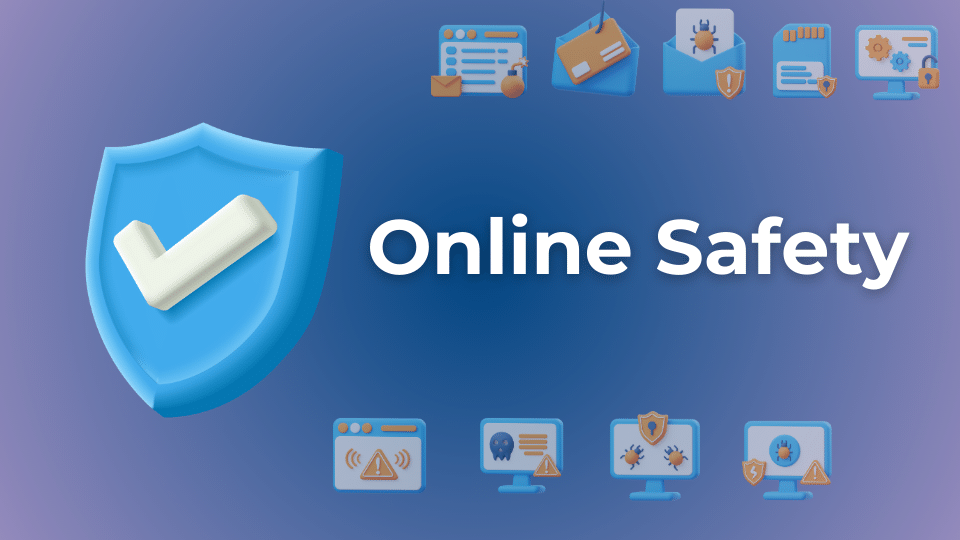Staying Safe Online🌐
In the vast digital landscape of the internet, dangers lurk around every corner, from cybercriminals seeking to steal your personal information to malicious software waiting to infect your devices. But fear not! With a few simple precautions and best practices, you can navigate the digital wild west safely and securely. In this guide, we’ll explore some essential tips to help you protect yourself and your data online.
1. Keep Your Software Updated:
One of the easiest ways to stay safe online is to ensure that your software, including your operating system, web browsers, and applications, is always up to date. Software updates often include patches for security vulnerabilities, so enable automatic updates whenever possible to stay protected against the latest threats.
2. Use Strong, Unique Passwords:
Passwords are the keys to your digital kingdom, so it’s crucial to use strong, unique passwords for each of your online accounts. Avoid using easily guessable passwords like “password” or “123456” and opt for complex combinations of letters, numbers, and symbols. Consider using a reputable password manager to generate and store your passwords securely.
3. Enable Two-Factor Authentication (2FA):
Two-factor authentication adds an extra layer of security to your online accounts by requiring a second form of verification, such as a text message code or biometric scan, in addition to your password. Enable 2FA wherever possible to protect your accounts from unauthorized access, even if your password is compromised.
4. Be Wary of Phishing Attempts:
Phishing is a common tactic used by cybercriminals to trick individuals into revealing sensitive information, such as passwords or credit card numbers, through fraudulent emails, messages, or websites. Be vigilant and skeptical of unsolicited emails or requests for personal information, and never click on suspicious links or download attachments from unknown sources.
5. Secure Your Network
Protect your home or office network from unauthorized access by enabling WPA2 or WPA3 encryption and using a strong, unique password for your WiFi router. Additionally, consider setting up a guest network for visitors and IoT devices to keep them isolated from your main network.
6. Practice Safe Browsing Habits:
When surfing the web, exercise caution and stick to reputable websites when downloading software or clicking on links. Avoid visiting suspicious or unsecured websites, and use a virtual private network (VPN) when connecting to public WiFi networks to encrypt your internet traffic and protect your privacy.
Conclusion
By following these simple yet effective tips, you can navigate the digital landscape safely and securely, protecting yourself and your data from online threats. Remember to stay vigilant, keep your software updated, and practice safe browsing habits to enjoy a safer, more secure online experience.

